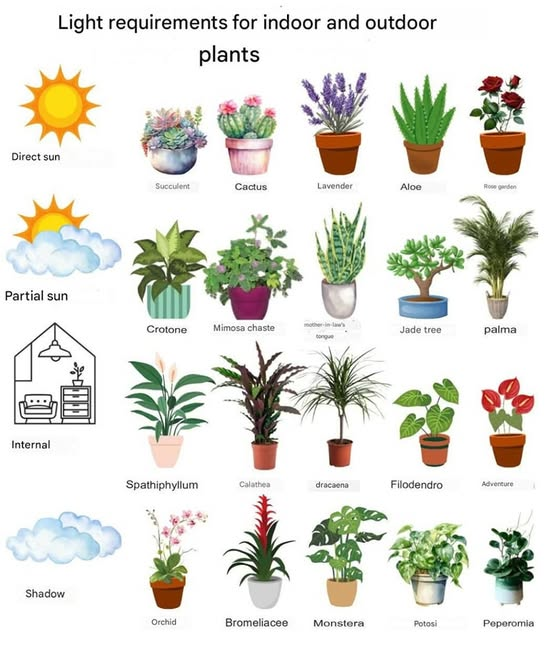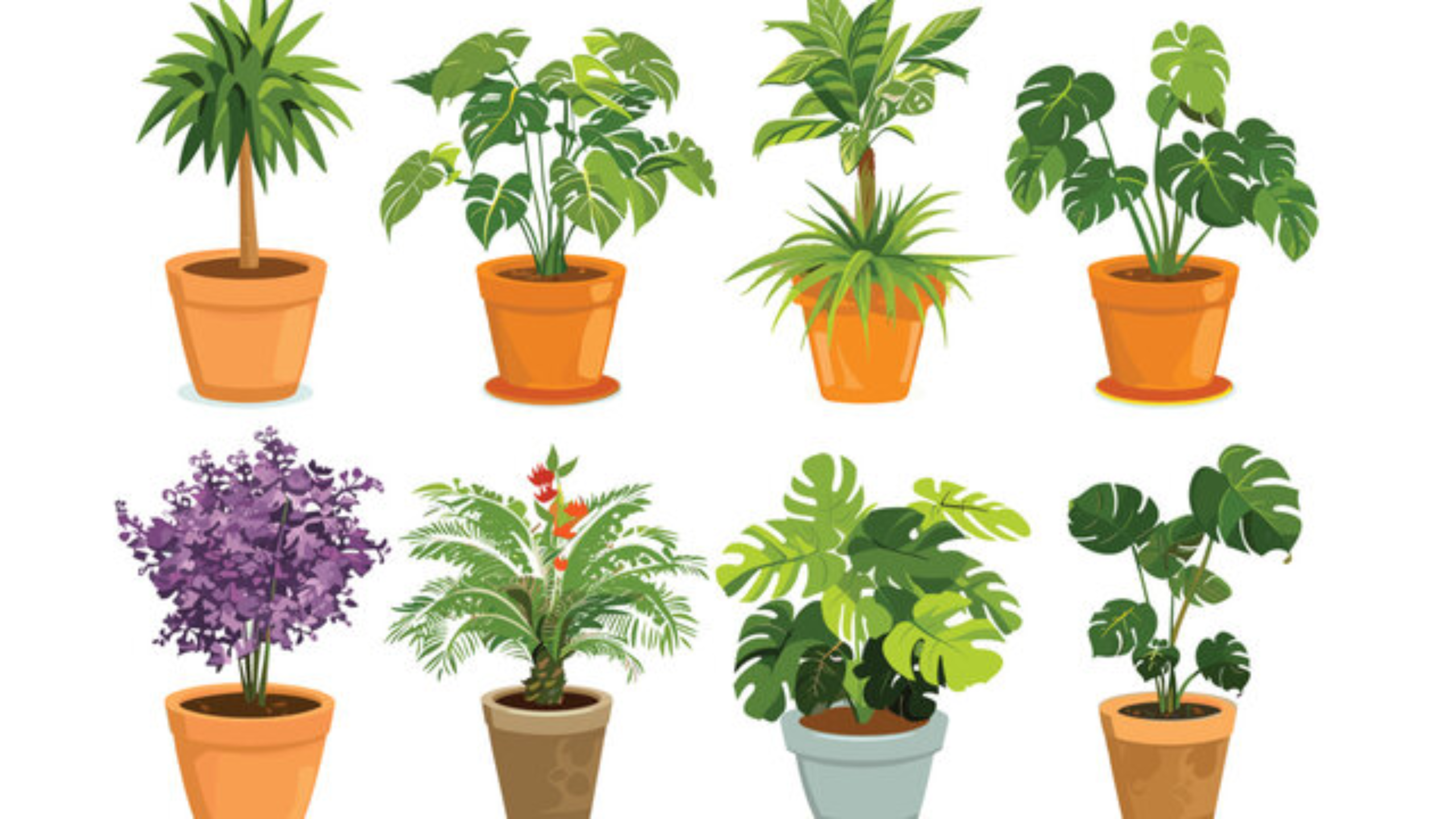Understanding the lighting needs of your plants is a fundamental step toward ensuring they grow healthy, vibrant, and resilient. Whether you’re nurturing plants indoors or outdoors, knowing the right amount and type of light can make all the difference in their well-being. This guide aims to shed light—literally—on how to optimize your plant care routines for a lush, thriving garden or home sanctuary.
Why Is Proper Lighting Crucial for Your Plants?
Plants rely on light not just for photosynthesis—the process by which they produce energy—but also for their overall health, flower production, and resistance to diseases. Incorrect lighting can lead to a variety of problems, from stunted growth to leaf burns. On the flip side, providing the right light conditions can enhance their natural beauty and vigor.
Different Types of Light and Which Plants Thrive in Each
1. Direct Sunlight: Perfect for Sun-Loving Plants
Some plants adore basking in full sunlight, and they actually need it to flourish. If you have plants like succulents, cacti, lavender, aloe vera, or roses, they will thrive in bright, direct sunlight. These types of plants typically originate from sunny climates and have adapted to withstand intense rays.
Benefits:
- Increased resistance against pests and diseases
- More vibrant colors and fuller growth
Placement tip:
Place these near south-facing windows or outdoors in spots that receive at least 4-6 hours of direct sun daily.
2. Partial Shade or Partial Sun: The Middle Ground
Certain plants do best in environments where they get some sun but are protected from the harshest rays. Crotons, mimosas, snake plants (also known as mother-in-law’s tongue), jade trees, and palms fall into this category.
Advantages:
- Prevents overheating and sunburn
- Promotes balanced growth
Placement tip:
Position these plants where they receive morning sun and afternoon shade, or filtered light through curtains or outdoor shade cloths.
3. Indoor Lighting: When Nature’s Sun Is Not Available

Many houseplants prefer indirect light, making them ideal for indoor environments away from direct sunlight. Examples include peace lilies (spathiphyllum), calatheas, dracaenas, philodendrons, and anthuriums.
Benefits:
- Leaves remain healthy without scorch marks
- Better suited to apartments and shaded rooms
Placement tip:
Keep these plants near east or north-facing windows, or use sheer curtains to diffuse the light. Avoid placing them directly in front of south-facing windows without protection.
4. Shade-Loving Plants: Thrive in Low Light
Certain tropical plants and foliage, such as orchids, bromeliads, monsteras, pothos, and peperomias, prefer shaded or low-light conditions. They often flourish in spots where sunlight is minimal or diffused.
Advantages:
- Can be placed in darker corners, saving space
- Often easier to care for in limited light environments
Placement tip:
Set these plants in shady nooks or near windows with curtains, ensuring they get enough indirect light to bloom and grow.
The Balancing Act: Giving Your Plants the Right Amount of Light
The primary secret to happy, healthy plants lies in providing just the right amount of light. However, the specifics can vary widely from plant to plant.
Many gardeners and plant enthusiasts debate the optimal conditions for certain species. For instance, some say orchids thrive best in partial shade with some indirect light, while others succeed growing them on sunny windowsills. The key is to observe—your plants will often show signs that they are happy or unhappy.
Real-Life Examples: Practical Tips for Better Plant Lighting
- Orchids in Indirect Light:
A gardener positioned orchids in an area with gentle, indirect light found that their orchids bloomed magnificently year after year. This suggests that many orchids prefer bright but not direct sunlight. - Succulents Moving to Shade:
When someone transferred their succulents from direct sun to a shaded spot, they continued to grow strong and healthy. Their resilience highlights their adaptability. - Aloe Vera’s Preferences:
Aloe vera placed on top of a refrigerator—an often warm but shaded spot—grew better than when kept in intense sunlight that caused leaf burns.
How to Monitor and Adjust
Keep a close eye on your plants. Signs like scorched leaves, dryness, or poor growth indicate they might be getting too much or too little light. Adjust their placement accordingly—move them closer to or further from the light source, and always consider the specific needs of each plant.
Remember, your plants are excellent indicators: healthy, green foliage with vibrant blooms signals they’re happy, while signs of distress mean it’s time to reevaluate their lighting conditions.
Final Words of Wisdom
Successfully growing healthy, thriving plants is as much about the right environment as it is about watering and fertilizing. Light is one of the most critical factors, and getting it right can transform your indoor garden or outdoor space into a lush oasis.
So, observe your plants regularly, be attentive to their signals, and don’t be afraid to experiment with different lighting conditions. With patience and knowledge, you’ll master the art of illuminating your flora—leading to a garden full of vitality and beauty!


https://t.me/s/be_1win/538